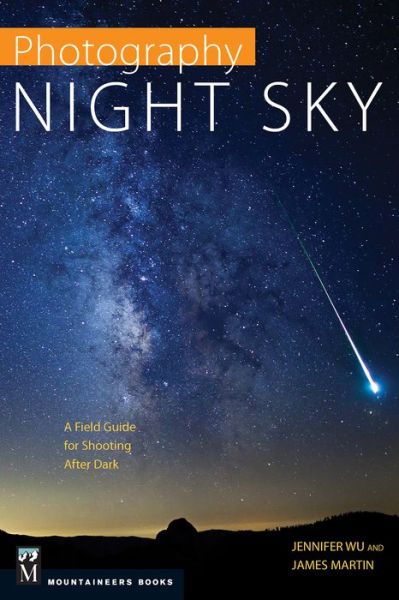Photography Night Sky: A Field Guide For Shooting After Dark book download
Par pate stephen le lundi, juillet 13 2015, 21:31 - Lien permanent
Photography Night Sky: A Field Guide For Shooting After Dark by Jennifer Wu


Download eBook
Photography Night Sky: A Field Guide For Shooting After Dark Jennifer Wu ebook
Page: 176
Publisher: The Mountaineers Press
Format: pdf
ISBN: 9781594858383
This will save you a great deal of time shooting in the field at night. The image of the landscape is from a friend of mine, the night sky was taken from one of my photographs. Of course, I To get an idea of the light pollution where you live, and more importantly, where you can find dark skies, head on over to this light pollution map (Green is good, blue is better, nothing is best). Here's another photograph: This is a very similar image taken the day after the previous one. Aug 11, 2011 - Before I get into how to actually take the picture, I've included some basic information on what the Milky Way is and how and when to see it in the night's sky. To start off I recommend photographing on a full moon night or at least 3 days before or after a full moon. Techniques in the field: Now that you know all the technical mumbo jumbo lets go try it! Simple: never shoot towards the sun if you want both the sky and foreground to be well exposed. If you do not know how to photograph the night sky and the Milky Way, this guide might help you in understanding the basics. Oct 31, 2013 - The photograph below is an excellent example of this. If you don't have a digital camera with manual functions and you want to experiment with night photography there're many good manual film SLRs you can get used for very cheap. Mar 28, 2014 - A camera with manual mode functionality that shoots in RAW format: To provide ultimate control over exposure time, aperture and ISO, this is the only way to go. As discussed earlier, you need a clear night and a dark sky to get some great Milky Way shots. Aug 8, 2011 - Low dynamic range (Range of tones of gray that the camera can see; or what the brightest and darkest thing in an image can be where you still see detail); Slow autofocus; Often poor manual controls; Large depth of field; Doesn't capture raw How do you work around this? The Moon also plays a It's very helpful out in the field as well. Jun 19, 2013 - I always say, “why put the camera away after dark”. So, longer focal lengths are going to be your enemy when photographing the Milky Way, since you will either end up with a lot of grain due to use of extremely high ISO, or you will get a very dark image with no visible details. My settings: Manual mode shot in RAW.
Big Data at Work: Dispelling the Myths, Uncovering the Opportunities pdf download